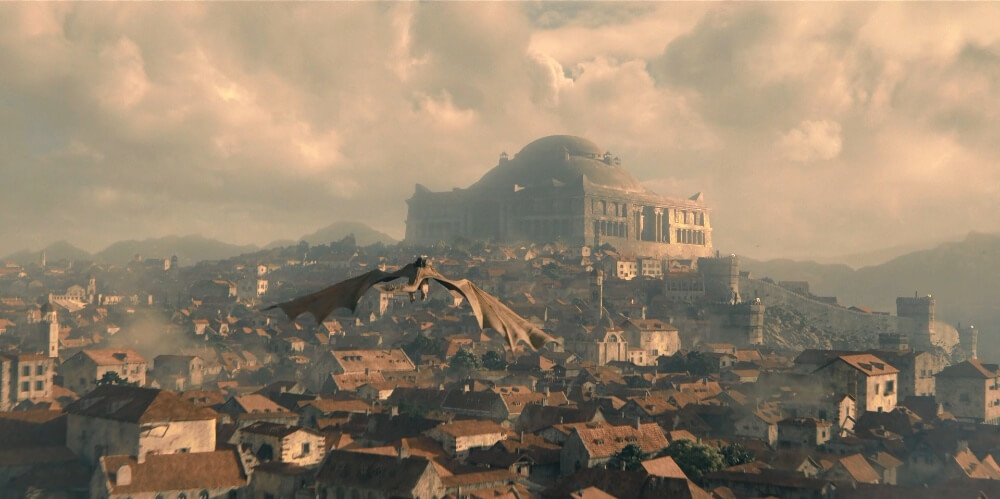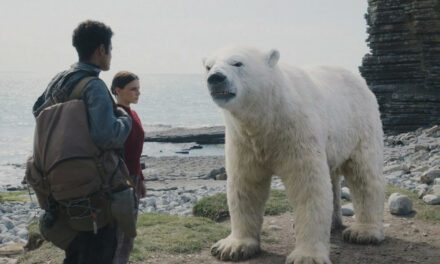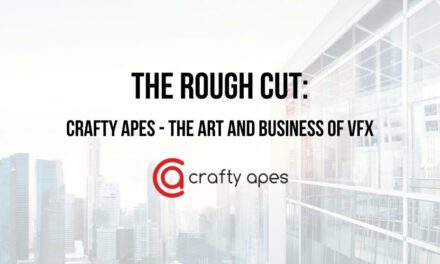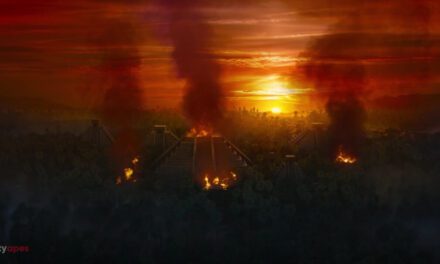Stumble onto a Hollywood studio lot in between takes and the dragons you’d see munching catered veggie wraps at the snack table would have names like Jabberwocky, Firedrake, World Gobbler, Scorch, Smaug, Taro, Dragon Lord, Hector, Pete, Faffy, Duffy, and Doris. And they’d all have worked on films and animated programs from the 50s straight up to today. Some of them from that olden era, yes, might still have cigarettes dangling from their reptilian lips.
The movie zeitgeist loves dragons.
The evolutionary jumps of CGI dragons most recently arrived in the form of HBO’s House of the Dragon. Variety reported that each episode cost “under $20 million per episode” – a mere pittance of VFX dollars. In contrast, Game of Thrones episodes were quoted between $6 million and $15 million over its eight-season run. For all the gloss of big-budget spectacles, the CGI roots of cinematic dragons have an old-world creative genealogy – every increasingly lifelike dragon that climbs onscreen was built on the influences of a previous imagination.
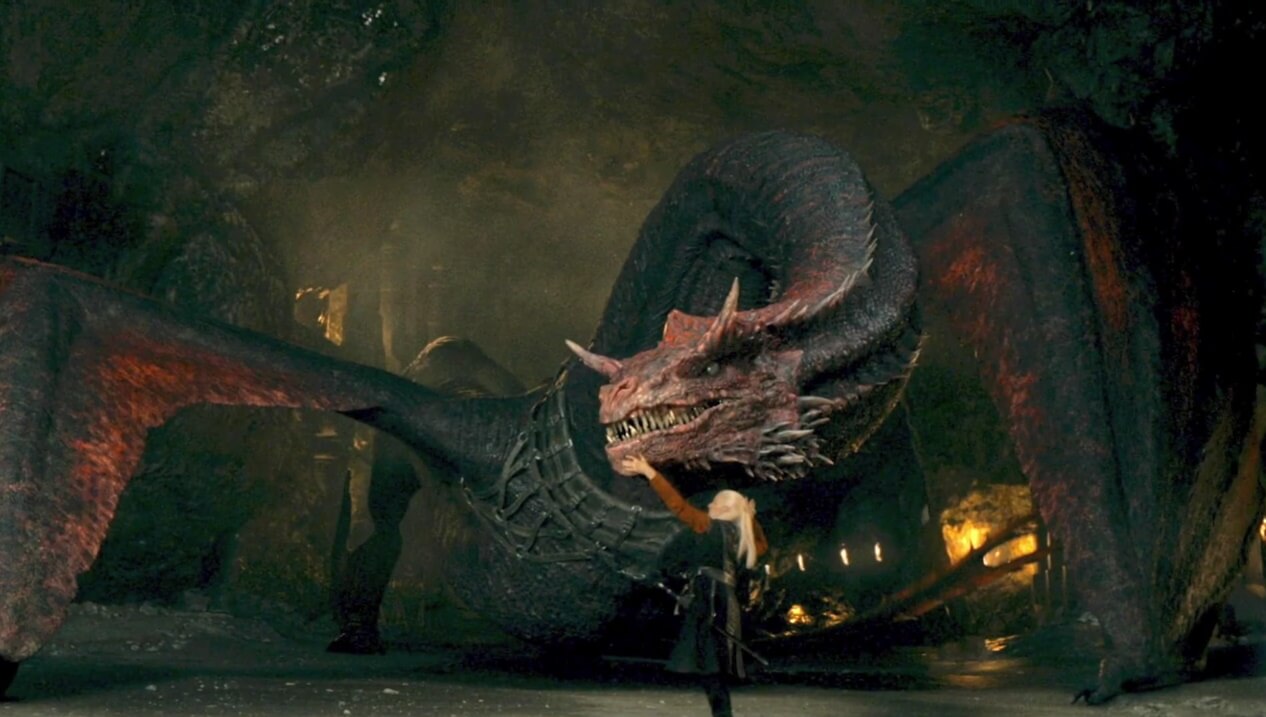
Inverse explored a dragon history back in 2016, saying “The history of cinematic firebreathers is the history of VFX”. The list of historic dragons has been well-documented from the behind-the-scenes perspective, but not so much how those VFX capabilities made a significant imprint on the cultural veneer of those eras. Consider this an approach from the moviegoer’s perspective – our view of any cinematic period can be directly reflected in the VFX progress of the dragon – an aesthetic tone that directly reflects the special effects of that era.
Today we are audience archaeologists gently brushing off the visual effects of the past, visually carbon-dating some of film’s most notable dragons.
The “Kick-ass stop-motion wellspring” era
Signature film: The 7th Voyage of Sinbad – 1958
Ray Harryhausen was a cultural treasure who spent eleven months perfecting the stop-motion animation technique used to juxtaposition live-action humans against hand-crafted 3D models. This technique was named “Dynamation” by Sinbad producer Charles Schneer. Moviegoers had never seen such animated monsters. Franchises with legendary visual effects like the Lord of the Rings and the entire Star Wars universe were directly influenced by Harryhausen’s work in Sinbad.
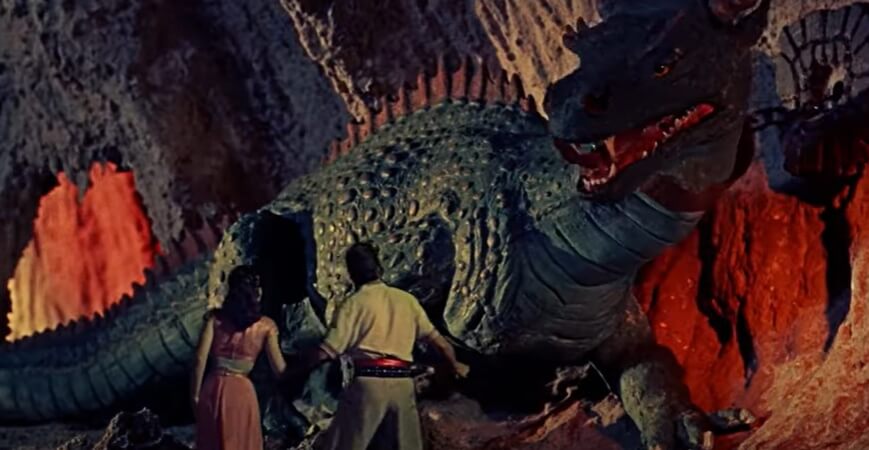
Taro, 1958.
What an audience sees now is an awkward dragon (since known as “Taro”) with tumbling jerked movements, but fluid enough to be stunning in 1958. Taro is bumpy and reptilian, as if you crossed a brontosaurus’ skin with a Ninja Turtle’s shell. It’s the beginning of a very specific aesthetic inspired by the VFX behind it – the clay-like creatures brought to life in later movies like Jason and the Argonauts and Mysterious Island. Artistically this was the inception of an evolutionary bottleneck for VFX dragons, and logistically it was months of painstaking design, craftsmanship, and choreography.
The “embodiment of dark medieval supernatural fantasy” era
Signature film: Dragonslayer – 1981
One might think the dragon that defined the monster aesthetic of the 80s would be the muppet-like dog-dragon Falkor of The Neverending Story. Incredibly, that film was almost entirely manmade and included a team of 25 puppeteers directing the creature’s mannerisms. No, the dragon/live-action combo that most defines audience tastes of the 80s must go to Walt Disney’s Dragonslayer.
The Dragonslayer dragon (named Vermithrax Pejorative) was a cultural thesis in itself and noted as the beginning of a decade-long obsession with dark and medieval fantasy. Films like Conan the Barberian and The Dark Crystal followed along with the Dungeons and Dragons’ controversial gameplay that had begun back in 1974.
Visually, the Go-Motion-animated dragon was designed by ILM to be physically bombastic with a 20-foot tail capable of “serpentine movements” and a 30-foot wingspan. All those dark medieval overtures that would seem to blend with the cosmic in future 80s films – they already were innate in the making of this dragon. Vermithrax was viscerally terrifying, with slit eyes and frills and an angular, almost beaked sense of evil. Monsterlegacy wrote a special effects deep dive and Brian Johnson of the ILM team was quoted as saying that “The dragon had to be presented in a way that the audience would be absolutely stunned”.
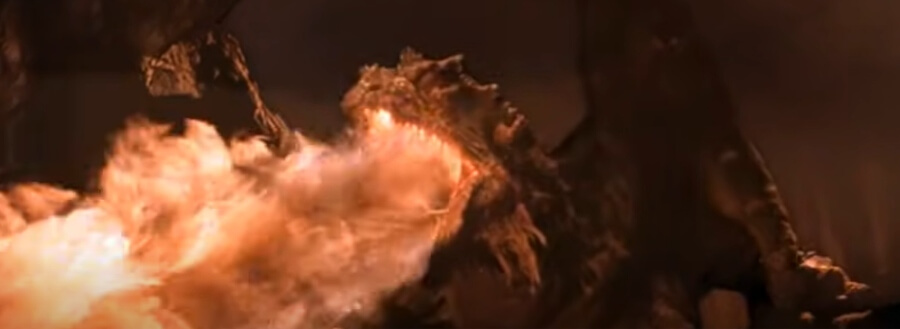
Dragonslayer’s Vermithrax Pejorative in 1981.
The “toddler years of CGI growth” era
Dragonheart, Merlin
It’s a palpable disconnect now between the exciting technical growth of the 90s and the blockbusters that came with it, and our nostalgic view of early CGI that now appears crude or unfulfilled. If you were a 90s kid, you remember playing GoldenEye in ‘97. This is how I now remember 90s CGI: the blocky, blurry James Bond would walk into the bathroom and a guard would glitch through the bathroom stall.
Terminator 2: Judgment Day had already made innovative use of CGI in ‘91. Pixar dazzled everybody with Toy Story in ‘95. The first mainstream dragon iteration of this was 1996’s Dragonheart. Now, the techniques behind the CGI-live action combination were superior to anything at this time. For Dragonheart’s Draco, ILM used the facial animation CARI system. The aesthetic results of those techniques, however, resulted in an era where CGI seemed to be finding its footing and still learning to walk before it could run.
Draco from Dragonheart is like an amiable t-rex and actually modeled on a t-rex design (ILM also worked on Jurassic Park). Imposing, regal, with the slightest curl of a constant grin, and then you look at Merlin two years later in 1998. Less spectacular than Dragonheart but not without ambition, Merlin highlighted Sam Neill with perfect made-for-tv hero hair. Merlin’s dragon? Well…
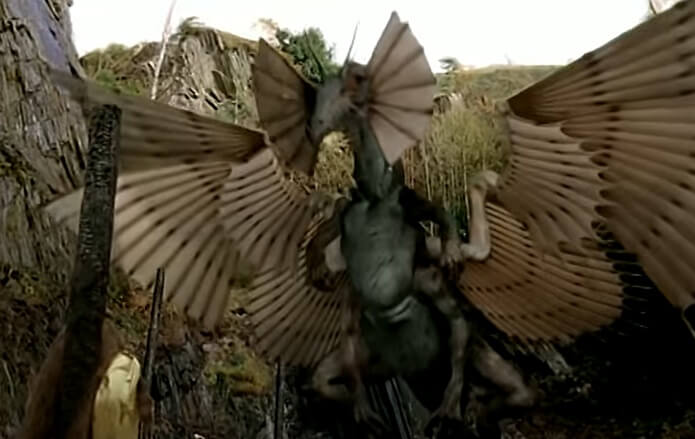
“The Great Dragon” of Merlin looks like it sprouted straight from the console of a Sega Dreamcast. The takeaway for the viewer now could be “wow, those dragons are terrible”. The alternative approach is “these are the foundations that directly preclude what we see today”.
Today’s CGI dragons: the “absolute realism” era
GOT, The Hobbit: Desolation of Smaug, House of the Dragon
Having a flood of any kind of technology can result in overcompensation. In that vein, The Hobbit series received a lot of criticism for having “too much CGI”. It’s not invalid – the characters often have an off-putting, oversaturated look that feels like you’ve stepped inside a video game world. Even as recently as February when the Rings of Power trailer was released, fans were already complaining that the world looked generically sanitized, like watching a poster come to life at a cosplay festival.
Walk the visual effects timeline through Game of Thrones and you see a visible progression toward dragon realism. BlueBolt VFX house started the evolution and Pixomondo built the effects starting in season two, with a focus on the dragon’s flight patterns and firebreathing ability. Jump ahead to the CGI dragons of House of the Dragon and the perception is that there’s been a calibration. Watching Episode 8 the other night, I saw visible strings of spit fluttering in the screeching dragon’s mouth.
This is just one facet of the purposeful destination to absolute realism.
The creators of the stable of dragons in HBO’s 2022 showpiece program have given their dragons quirks, they’ve built fully realized personalities, and they’ve even created scenes with dragon dung. The CGI dragons of today have got flies on their scales and a curiosity for life. We, the audience that feels entitled to masterful effects, have demanded dragons we could find next to us at the local grocery store. Fully realistic. Evolved. Living.
Ultimately, this era of CGI can’t be truly judged yet. We’re still in it. Still creating. Twenty years from now, a VFX artist in a safari outfit digging in a cliffside will unearth footage from 2022. They’ll gently hold it to the light, examine it, and say:
“So, this is where I came from.”

